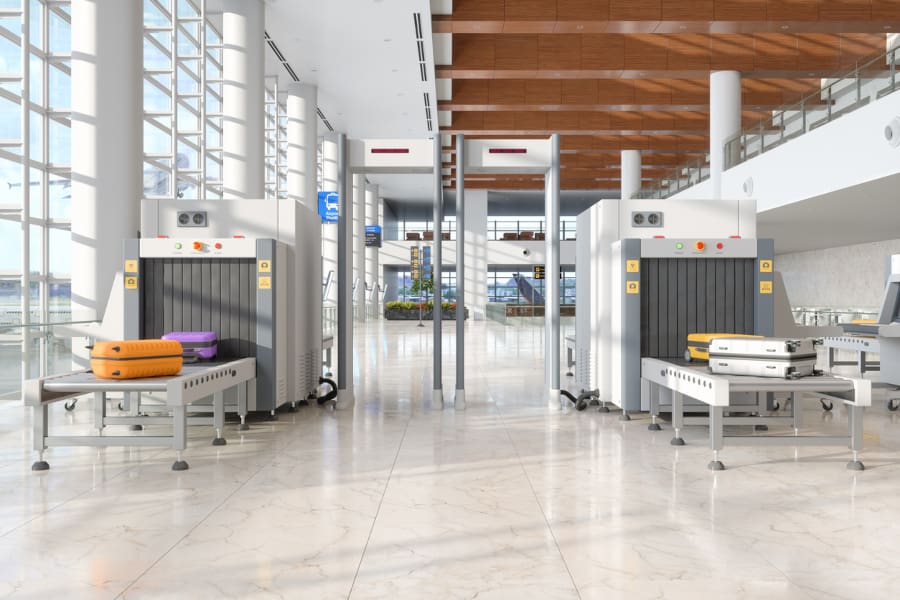In the ever-evolving landscape of airport security, innovation remains a constant necessity. Beyond the confines of hospital corridors, a fusion of cutting-edge technologies has given birth to a groundbreaking solution that promises to reshape the way we safeguard our skies. In the realm of MRI technology, a remarkable breakthrough known as MagRay has emerged, merging the power of magnetic resonance imaging (MRI) with low-power x-ray data. This dynamic convergence has opened up new horizons for detecting threats at our nation’s airports, promising a level of precision and confidence previously unattainable.
Funded in part by the Department of Homeland Security’s Science and Technology Directorate, MagRay is more than just a scientific marvel; it represents a pivotal chapter in the ongoing narrative of airport security, one that seeks to enhance our ability to identify and mitigate potential dangers in the world of aviation. In this article, we delve into the transformative potential of MagRay technology, exploring its origins, capabilities, and the exciting possibilities it holds for the future of airport security.
The Birth of MagRay Technology
In recent years, the field of MRI technology has witnessed a groundbreaking development that has far-reaching implications beyond the hospital setting. Researchers and scientists have successfully merged MRI technology with low-power x-ray data, giving birth to a revolutionary imaging system known as MagRay. This innovative technology, funded in part by the Department of Homeland Security’s Science and Technology Directorate, is poised to transform security measures at airports across the nation.
Enhancing Airport Security with MagRay
Airport security has always been a paramount concern, with authorities constantly seeking ways to bolster their capabilities. Traditional x-ray-based baggage scanners have been a staple in airport security protocols, providing crucial insights into the contents of luggage. However, when it comes to detecting and distinguishing liquids, these scanners have their limitations.
MagRay's Liquid Threat Detection Abilities
One of the most remarkable features of MagRay technology is its unparalleled ability to detect a specific set of liquids commonly associated with homemade explosives. Traditional baggage scanners struggle with liquid discrimination due to their limited sensitivity. MagRay, on the other hand, offers a breakthrough solution. It employs a three-dimensional MRI to examine liquids while simultaneously utilizing x-ray technology to calculate their density and proton content.
By combining these three distinct measurements, MagRay can readily differentiate between harmless liquids and those falling within the category of potential explosives. This capability is a game-changer in airport security, offering authorities a highly reliable means of identifying liquid threats with an unprecedented level of confidence.

The Future of Airport Security: Unmanned MagRay Systems
As the development of MagRay technology progresses, researchers and engineers are working tirelessly to realize the ultimate objective – the creation of an autonomous system that minimizes the need for human intervention. An unmanned MagRay system would not only revolutionize airport security but also significantly enhance existing capabilities.
Imagine a future where sophisticated MagRay scanners silently and efficiently analyze the contents of luggage, automatically flagging potential threats for further inspection. Such a technology would not only reduce the burden on airport personnel but also ensure a higher level of security and precision in threat detection.
In conclusion, the integration of MRI technology with x-ray data in the form of MagRay represents a quantum leap in airport security. With its unparalleled liquid threat detection capabilities and the promise of unmanned systems on the horizon, MagRay is poised to redefine the way we approach security at our nation’s airports. As this technology continues to evolve, it is clear that the future of airport security is brighter and safer than ever before.

